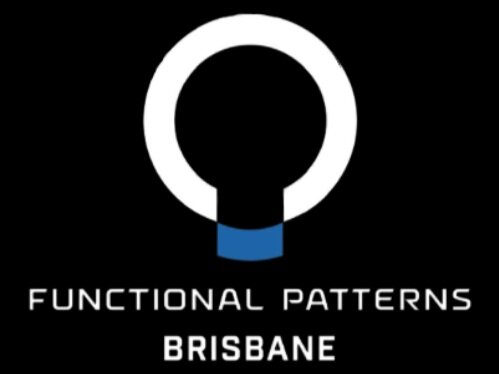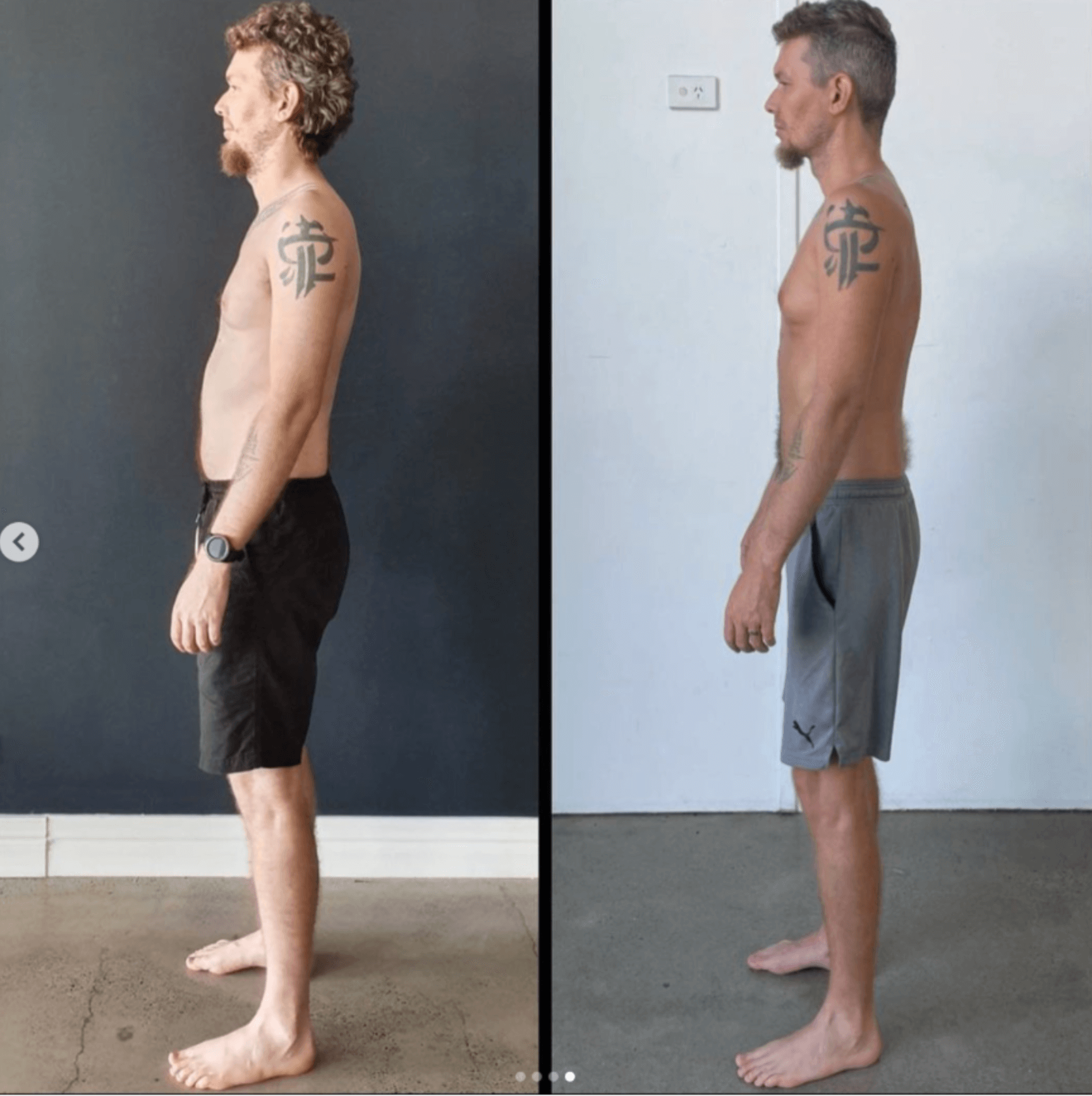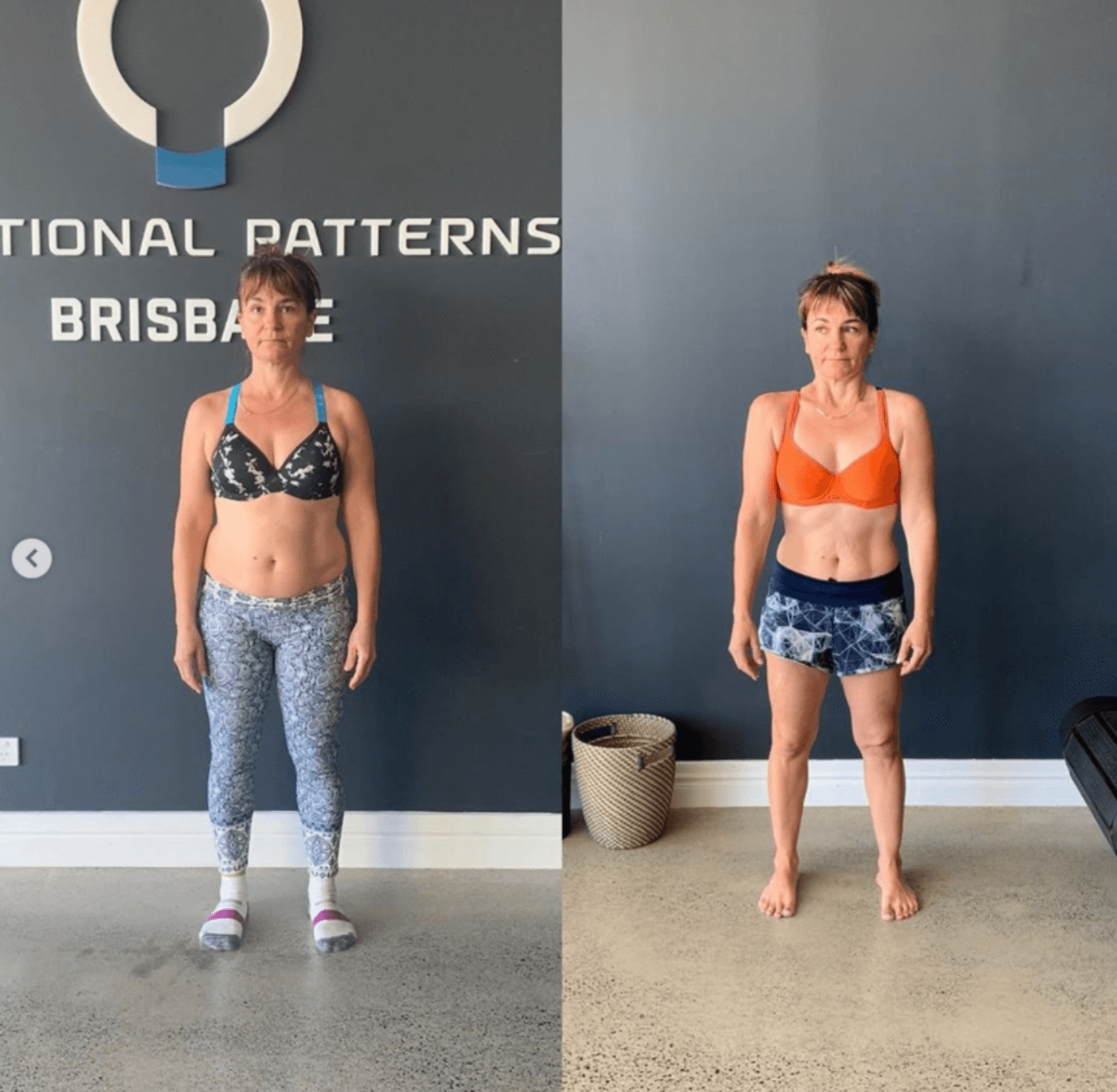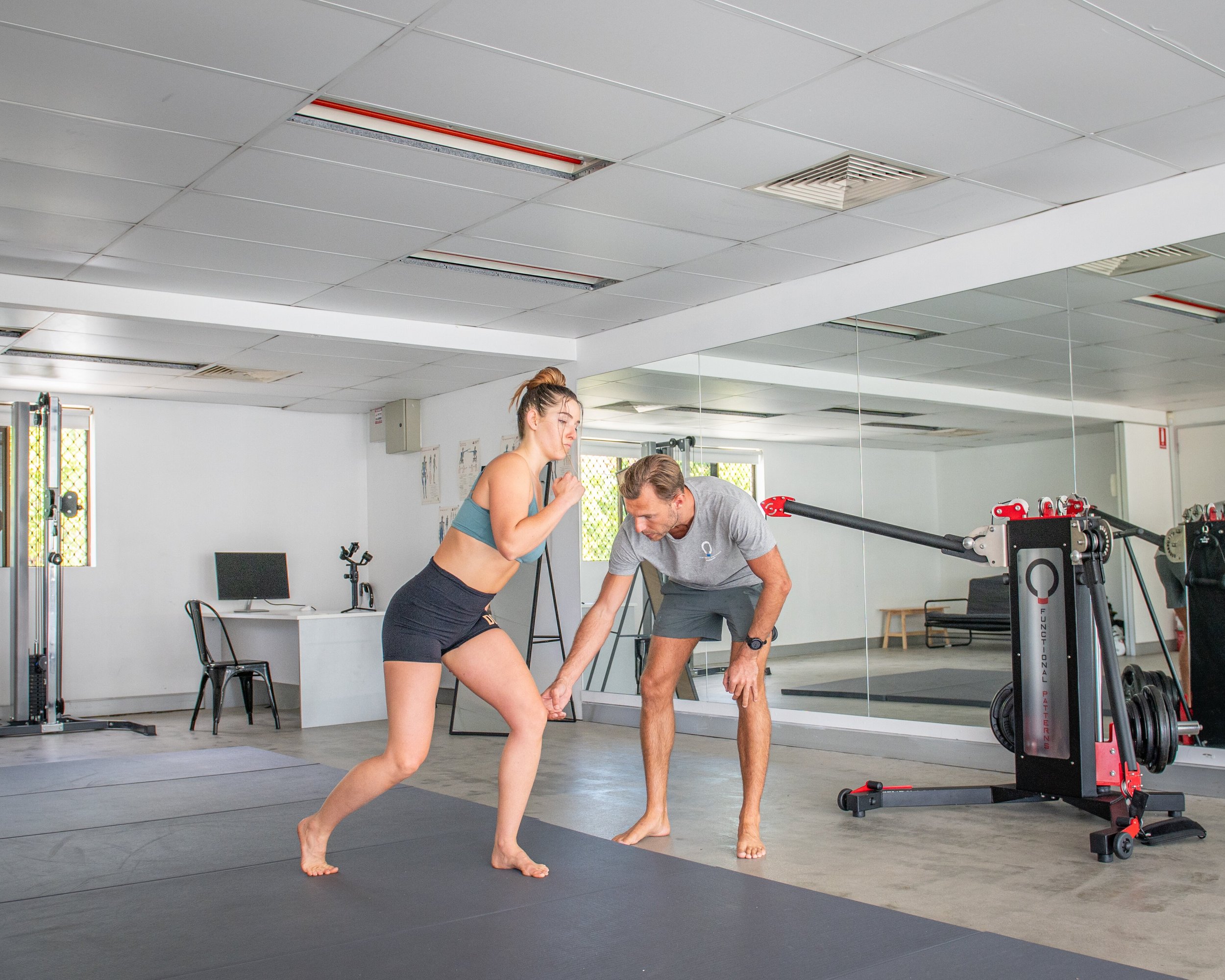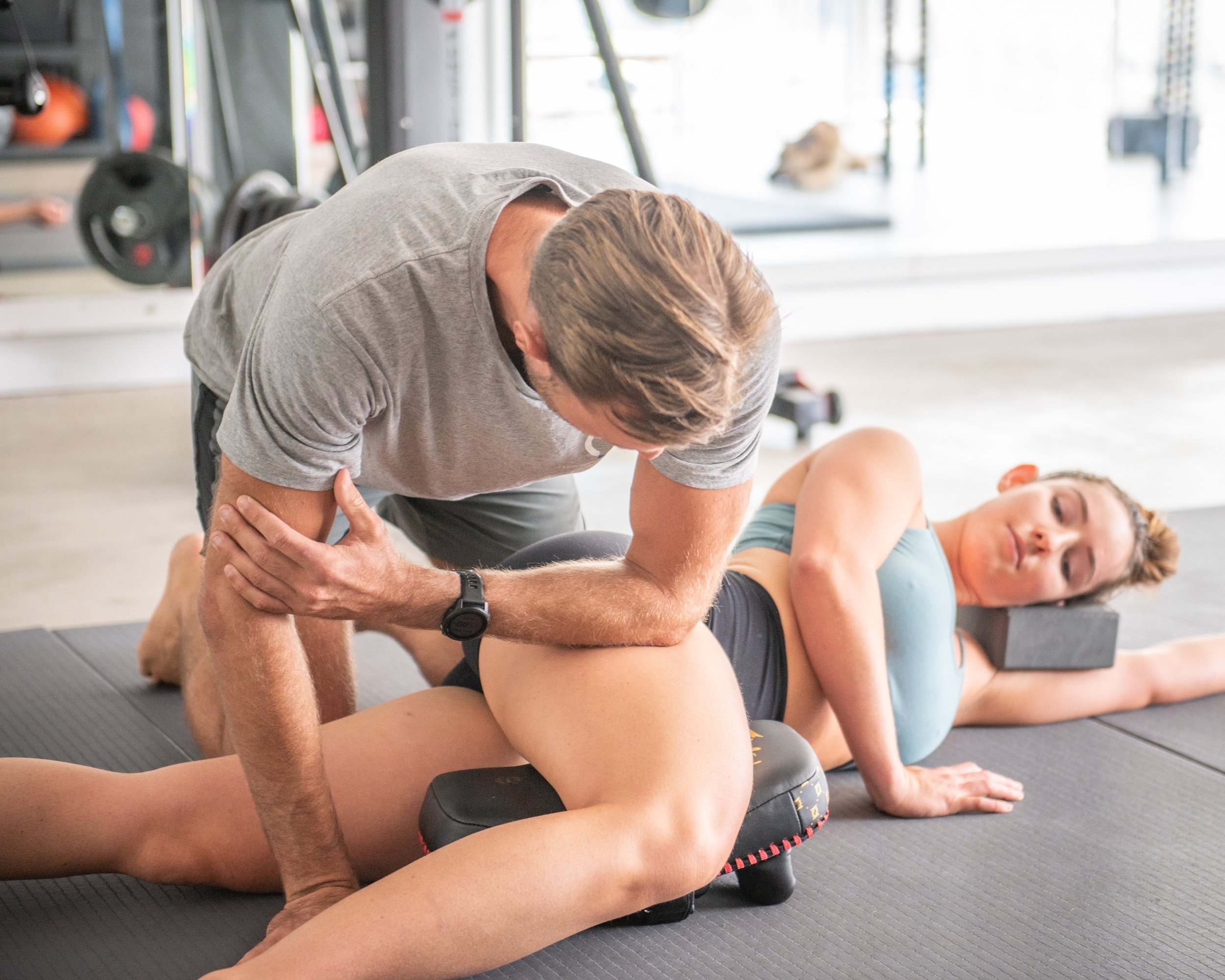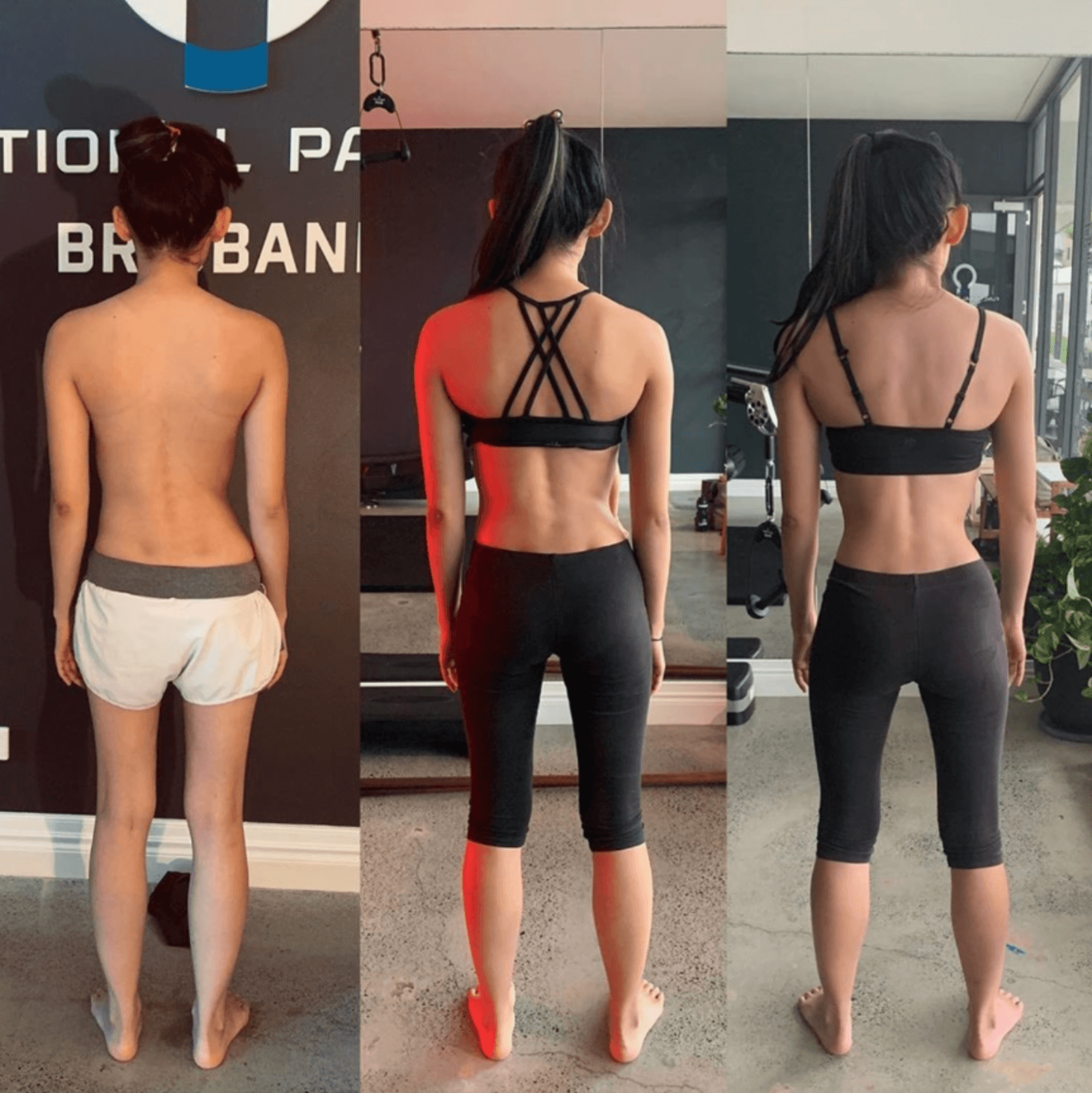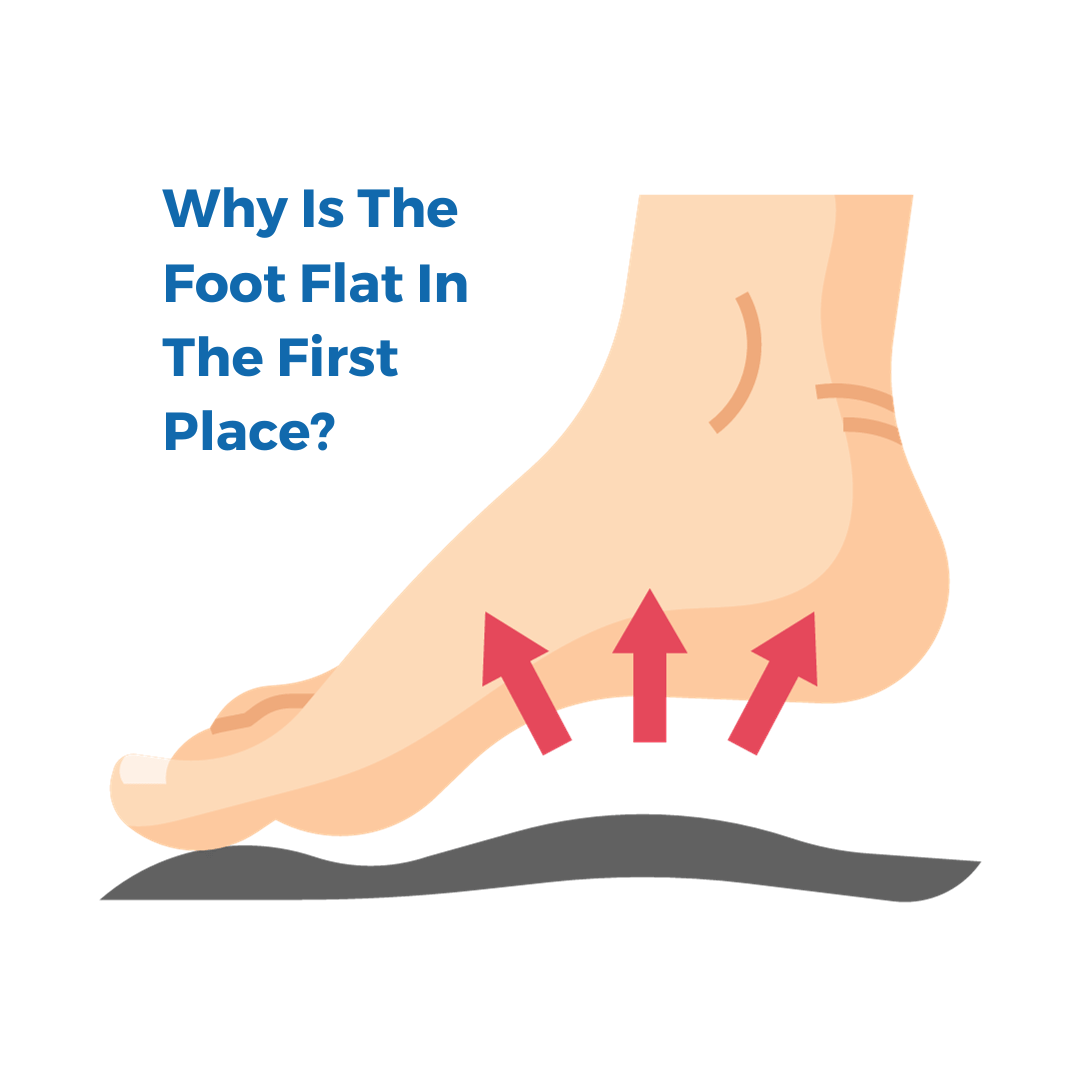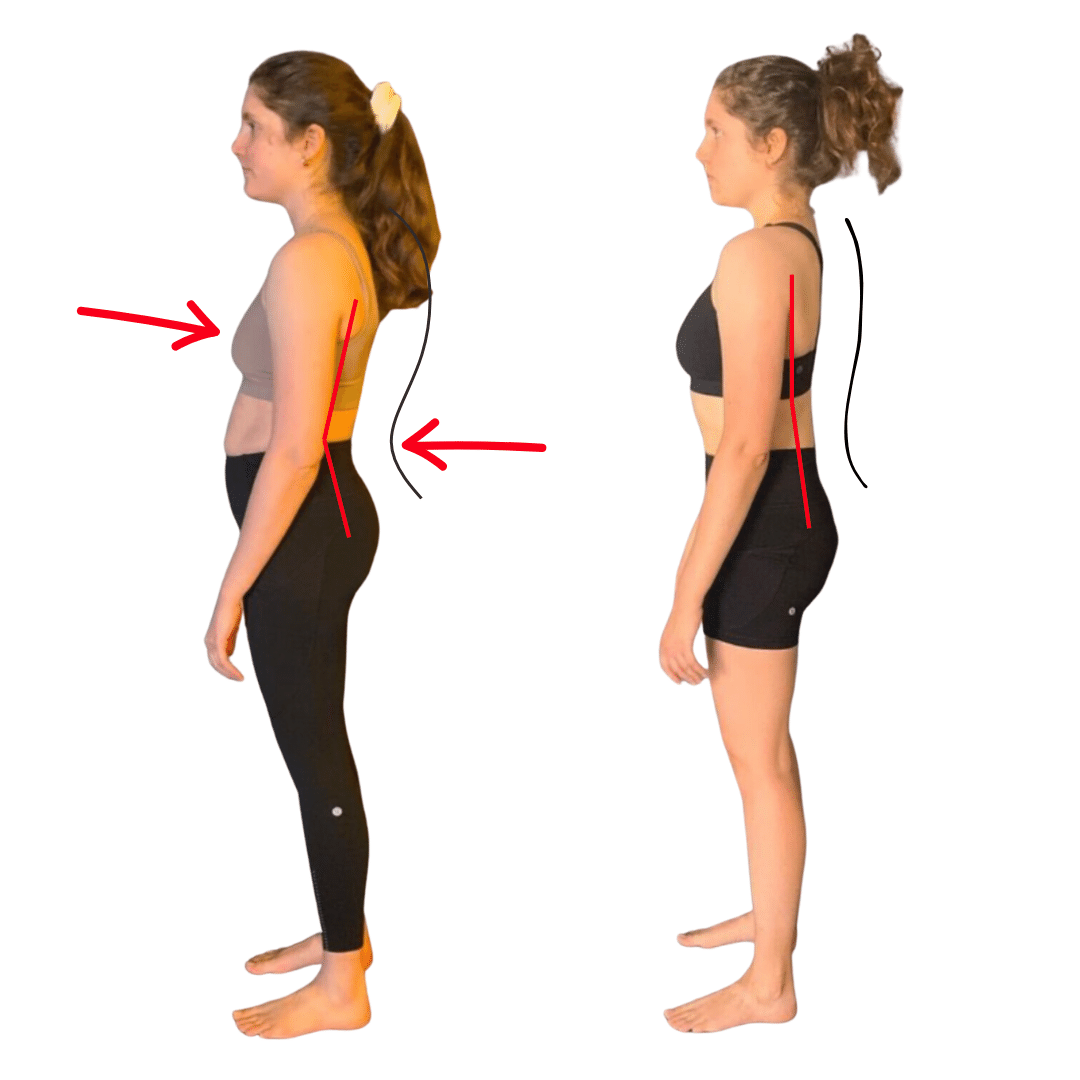Learn more about your body and health with these functional patterns based blogs
Looking For A Particular Topic?
Understanding Poor Posture: A Comprehensive Guide
Dive into the heart of what truly causes poor posture and how conventional fixes barely scratch the surface. In Brisbane, a revolution in understanding and treating postural misalignments is underway, challenging long-held beliefs about posture correction. This enlightening blog reveals the intricate link between gait patterns and posture, unveiling why a deeper approach to movement is crucial for lasting change. Explore expert insights into biomechanics, the pitfalls of passive posture correctors, and the transformative power of gait analysis. Learn how to reclaim your natural posture and move through life with ease and confidence. Don't settle for temporary fixes—embrace a journey toward holistic well-being today.
Do Kyphosis Correctors Fix Hunchback Posture?
At first glance, the allure of a hunchback posture corrector is undeniable. It seems to offer a simple solution to the kyphotic position that plagues many individuals, seemingly pulling the shoulders back and straightening the spine with minimal effort. However, upon closer examination, the efficacy of such devices in treating the underlying issues of kyphotic-lordotic posture begins to wane.
The Best Assessment Tool for Chronic Pain & Posture Correction: A Comprehensive Guide
Struggling with chronic pain and poor posture can feel like a never-ending battle, with countless solutions promising relief yet failing to address the heart of the issue. If you're on the hunt for an assessment tool that goes beyond surface-level symptoms to unearth the root cause of your discomfort, you've landed in the right place. Our comprehensive guide introduces you to the ultimate assessment tool designed specifically for individuals battling chronic pain and posture-related challenges.
How to Fix a Kyphosis and Lordosis Naturally
Are you struggling with the discomfort and posture issues associated with kyphosis and lordosis? At Functional Patterns Brisbane, we specialize in transforming lives through natural therapy, focusing on correcting spinal curvatures and eliminating chronic pain. Dive into our latest blog where we unravel the secrets to managing kypholordosis naturally. Learn about the crucial role of decompressing the body, the significant impact of dietary choices, and the essential exercises that strengthen your core and gluteal muscles. Understand why stretching might not be the remedy you need and discover the targeted activities that truly make a difference. Join us on a journey to reclaim your health and posture, guided by the groundbreaking before and after successes of our clients. Whether you're seeking to enhance your understanding or find a practical solution to kyphosis and lordosis, our insights offer a beacon of hope. Let's embark on a path to a better, pain-free life together.
The Connection Between Sciatica & Knee Pain
Explore the intricate connection between sciatica and knee pain in our latest blog post at Functional Patterns Brisbane. Delve into how poor spinal patterns and improper hip rotation can lead to knee issues, and discover the importance of core strength for overall joint health. Our biomechanics specialists shed light on the holistic approach to managing pain, moving beyond conventional treatments. Understand the vital link between your spine, hips, and knees for a healthier, pain-free lifestyle.
Is Sitting All Day Ruining Your Posture?
Want to know the REAL reason sitting gives you poor posture? When we sit for extended periods, our glutes are in a constantly stretched state, losing their strength and functionality. This phenomenon leads to what we call 'flaccidly stretched glutes.' Simultaneously, our core muscles, which should be actively supporting our spine, remain flaccidly contracted due to inactivity. This imbalance creates a domino effect on our posture when we stand up.
What is Chronic Pain Syndrome
In the 4 years before finding FP I had almost constant headaches, back, neck and sciatic pain. I was on a cocktail of medications for pain and medically diagnosed bipolar disorder. Since adopting FP protocols I have eliminated the pain and have been managing the bipolar symptoms without medication for the last 10 months There is a fantastic saying: ‘Form follows Function.’ This means that the function of an organism determines what form that it will take. Form has been determined by function since the dawn of time, and function has slowly shaped things into the forms they take on today. What functions do Human Beings undertake? As humans, our primary functions are breathing, standing, walking, running & throwing. This is not to say that your day consistent of all of these movements, but rather it highlights that your function in these fundamental movements will determine your form.
Does Sitting Cause Back Pain?
The main structures in most movements are the glutes, core and thoracic spine (upper part of the back). In the case of the office worker, the glutes are always stretched in a seated position and the core is always slightly shortened in the seated position. These two major muscles lack correct use and the stretching/contracting they need to function optimally when you eventually stand up.
How To Improve Your Posture in 5 Steps
Posture, commonly associated with the mere alignment of our bones, is actually a complex interplay of biomechanics, muscle function, and even internal health. There's a saying in the world of biomechanics: "Function dictates form". Meaning, the way our body functions biomechanically, largely influenced by our daily habits, can mould our form or posture. At Functional Patterns Brisbane, we've deconstructed this complexity into five actionable steps you can undertake to better your posture, and subsequently, your overall biomechanical health. Here's a guide to aid your journey:
Does 'Pulling Your Shoulder Back' Make Posture Better or Worse?
We've all heard it at some point: "pull your shoulders back!" Typically, this directive comes from well-meaning friends, family, or even health professionals. While it's often hailed as a quick fix for poor posture, we must dissect the mechanics behind it to truly understand its implications. Does retracting the shoulders genuinely improve posture, or could it exacerbate the problem?
Everything You Need to Know About Kyphosis and How to Fix It
Gravity relentlessly exerts force on our spine, intending to pull it downward. Ideally, our core muscles should be robust enough to resist this constant force, supporting our spinal structure. However, when the TVA and the lower core muscles lack the necessary tension, our spine succumbs to gravity, bending into a kyphotic posture. Learn how to treat your kyphosis for a permanently straighter spine, a tighter core and better glutes!
Elbow Pain: A Permanent Solution in Brisbane
he question then arises: what protocols best serve this purpose?
Initially, we recommend curtailing activities aggravating the elbow, reducing stress on the affected musculature. Adherence to a diet eliminating inflammatory foods further supports tissue recovery and reduces pain symptoms.
Most crucially, addressing biomechanical deficiencies remains paramount. A systematic evaluation of posture and movement informs corrective strategies, fundamental to alleviating pain. For a structured approach, consider the 10 Week Online Course, focusing on rectifying postural dysfunctions.
Navigating Life with Ehlers-Danlos Syndrome: The Role of Exercise and Functional Patterns Brisbane
Ehlers-Danlos syndrome (EDS) presents a labyrinth of challenges that significantly impact one's quality of life. Unravelling effective strategies to manage this complex connective tissue disorder is crucial. In this article, we explore the common manifestations of Ehlers-Danlos syndrome, the imperative for specialised physical training, and how Functional Patterns can revolutionise your approach to living with EDS.
Comprehensive Shoulder Rehab in Brisbane: Your Guide to Rotator Cuff Recovery
The notion that rotator cuff injuries result solely from "overuse" is simplistic. Numerous individuals in Brisbane and beyond heavily rely on their shoulders without issues, likely due to more mechanically sound usage. Understanding the shoulder's ideal mechanical use, offering both strength and relief, is crucial.
Exploring Knee Replacement in Brisbane: Costs, Procedures, and Alternatives
Knee replacements involve the surgical substitution of damaged knee components with artificial parts, typically composed of metal or plastic. While this operation can provide pain relief, it sometimes results in continuous discomfort.
In Brisbane, like in many places globally, the necessity for knee replacements is growing, especially amongst younger populations. The procedure, promising mobility restoration, comes with its own set of challenges, including the possibility of persistent pain or movement limitations post-surgery.
The Role of Fascia in Chronic Pain: Pathways, Mechanisms, and Functional Patterns
The human body is an intricate web of connective tissue, known as fascia, enveloping muscles, bones, and organs. This critical anatomical feature remains a mystery in many chronic pain contexts, such as myofascial pain syndrome. Our understanding, though deepening, highlights fascia not just as an inert layering but as a dynamic structure influential in pain perception and propagation, especially in chronic conditions.
Rediscovering Kinesthetic Intelligence: A Lost Dimension of Learning
In the spectrum of educational methods, modern systems have distinctly favoured visual and auditory learning, sidelining an essential component of human intelligence and understanding - the kinesthetic aspect. In fact, I struggled to find any research articles about KQ, with the research favouring various other types of intelligence. Kinesthetic Intelligence, or KQ, represents the wisdom of the body, an evolutionary, biological knowledge deeply rooted in movement, physical interaction, and the sensory feedback derived from these experiences.
Can You Fix Scoliosis Using Exercise?
The main reason is that your body is going to be stronger on one side and weaker on the other. Some muscles are going to be the stars of the show while others quietly atrophy. When you exercise, you are going to use the strong muscles and make them even stronger. This will make the weak muscles even weaker and continue to pull your spine further into a scoliosis.
Why Orthotics are Not a Permanent Solution: A Dive into Biomechanics and Homeostasis
In the realm of functional patterns and biomechanics, it's a common narrative to seek external solutions for internal or inherent issues within the body. One such sought-after remedy for individuals facing foot or lower leg issues is orthotics. Though orthotics can offer a temporary respite, it's pivotal to understand that they aren't a permanent solution. Let’s delve deeper into why this is the case, aligning our focus on the principles of biomechanics and the body’s unyielding endeavor to achieve homeostasis.
Will You Have To 'Force' Good Posture Forever? Or Can Posture Changes Feel Natural.
A common posture and context is a kypholordotic posture observed in an office worker. Essentially, the backside is always passively stretched out in a seated position and the frontline is always passively shortened in a seated position. This causes the glutes to ‘forget’ how to contract and move forward properly, and it helps the lower stomach ‘forget’ how to function when it is not in a seated position. When that individual stands up, their hips are not supported by their lower core or their glutes, so they just fall forward. The back reciprocates the motion and hunches backwards.
